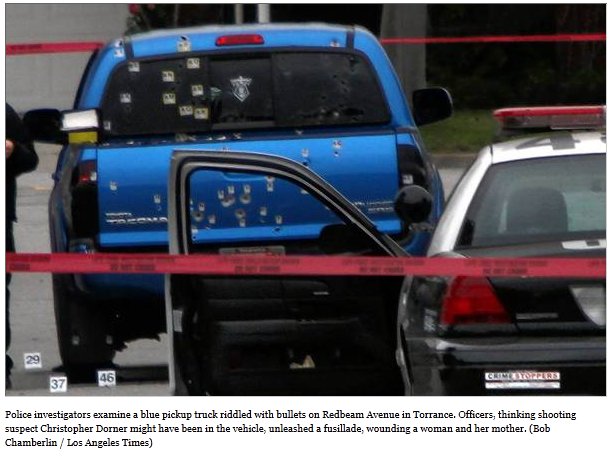David Harsanyi offers this comparison and says it’s another reason governments shouldn’t own businesses:
In February 2010, the Obama Administration’s Transportation Secretary Ray LaHood told America, without a shred of evidence, that Toyota automobiles were dangerous to drive. LaHood offered the remarks in front of the House Appropriations subcommittee that was investigating reports of unintended-acceleration crashes. “My advice is, if anybody owns one of these vehicles, stop driving it,” he said, sending the company’s stock into a nosedive.
Even at the time, LaHood’s comments were reckless at best. Assailing the competition reeks of political opportunism and cronyism. It also illustrates one of the unavoidable predicaments of the state owning a corporation in a competitive marketplace. And when we put LaHood’s comment into perspective today, it’s actually a lot worse. Not only did the Obama administration have the power and ideological motive to damage the largely non-unionized competition, it was busy propping up a company that was causing preventable deaths.
[…]
The National Highway Traffic Safety Administration’s acting chief David Friedman testified that GM never told them that faulty switches were at the root of the airbag problem. Fine. Before plowing billions of tax dollars into saving the United Automobile Workers, did the Car Czar or any other Obama officials take extra care to review DOT records to insure that taxpayers would not be funding the preventable deaths of American citizens? Would DOT or Holder exhibit the same zealousness for safety when it came to GM as they did when it came to Toyota? In the midst of the bailout debate and subsequent “turnaround,” news of a coverup and major recall would have been a political disaster.
So it’s difficult to understand why this isn’t a huge scandal. If every obtuse utterance by an obscure Republican congressman gets the media juices flowing, surely the possibility of this kind of negligence is worth a look. Can anyone with access to the administration ask some of these questions? Because if you take credit for “saving” a company (actually, an “industry,” as no one would ever driven again if Obama hadn’t saved the day) you also get credit for “saving” the real-life unscrupulous version of the company. “I placed my bet on American workers,” Obama told union workers in 2012. “And I’d make that same bet again any day of the week. And now, three years later that bet is paying off.” Betting $80 billion of someone else’s money to prop up sympathetic labor unions isn’t exactly fraught with political risk. Unless it turns out that your administration was less concerned about the safety defects of the company you owned than the company you disliked. That would be corruption.




